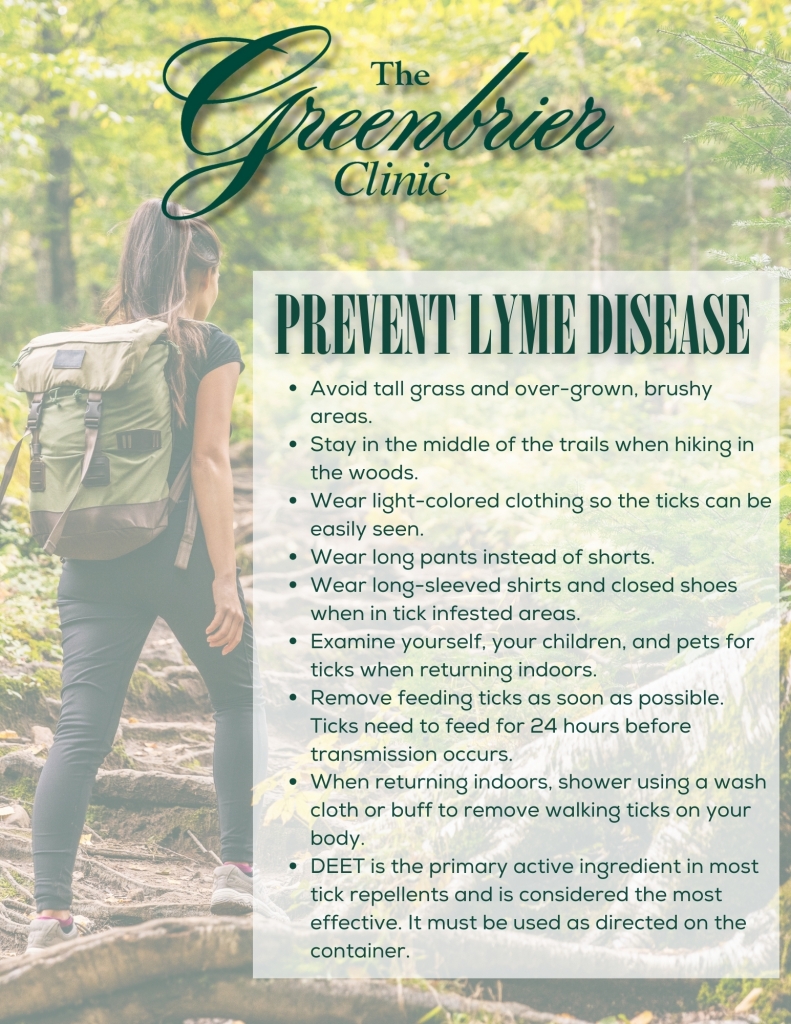Lyme disease is a bacterial infection caused by the bite of an infected blacklegged tick (also known as a deer tick). It is estimated that one of out of every three adult blacklegged ticks and one out of every five nymphs are infected with Lyme disease bacteria. Ticks must be attached to their host for about 24-48 hours before the bacteria is transmitted and the longer a tick is attached the higher the likelihood of bacteria transmission.
After being introduced on the East coast of the United States, Lyme disease has since spread to almost every state with especially high concentrations in the Northeast and the Midwest. Typically the first symptom of a bite from a blacklegged tick is a bullseye rash with a red center and reddish outline. Not everyone who is infected with Lyme disease will have the rash, however. Within 30 days initial symptoms may include fever or chills, muscle or joint pain, fatigue, headache, or weakness and a lack of energy. If left untreated, more serious symptoms may develop including multiple rashes, paralysis in part of the face, numbness in the arms or legs, irregular heartbeat or joint swelling.
Most cases of Lyme disease are reported between May and August, which is when nymphs are most active, so it is important to take steps to protect yourself from ticks, especially when out in wooded areas with tall grass. See the chart below for information on how you can stay safe.






